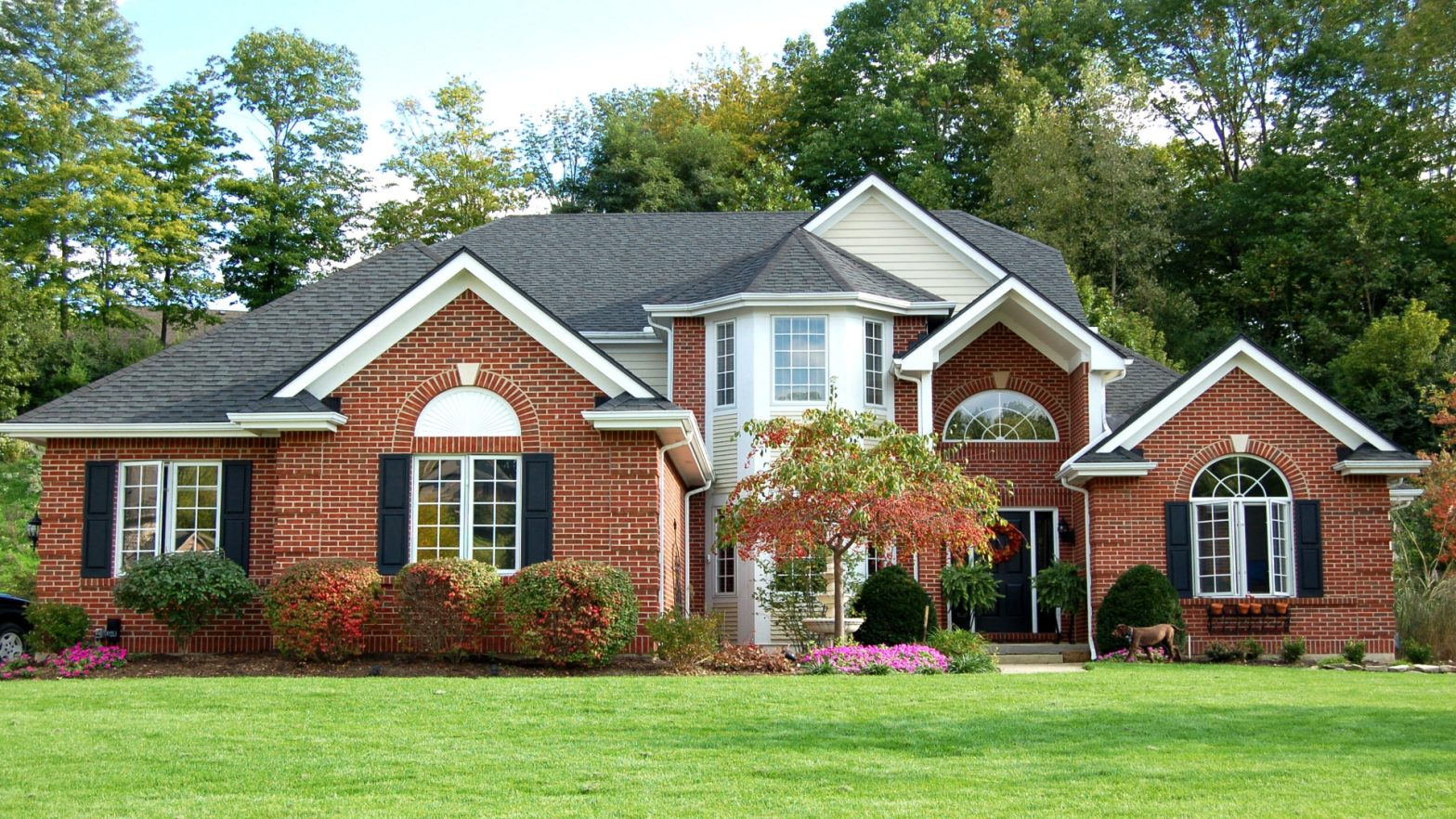Glazing, or the use of windows and glass doors, plays a vital role in the energy efficiency of commercial buildings. When old windows and doors are replaced with modern, higher-performing glazing systems, energy costs can be significantly saved.
Studies show that proper glazing can reduce energy consumption by up to 25%. The levels of insulation, known as the U-factor, and the ability to block heat from sunlight, called solar heat gain coefficient or SHGC rating, are essential for commercial glass replacements.
Choosing glazing with lower U-factors and SHGC values helps reduce the amount of heating and cooling loss through windows while allowing desirable amounts of natural light in. We will explore the role of commercial glass replacements in enhancing commercial building energy efficiency.
The Integral Role of Glazing in Energy Efficiency
Glazing improves a building’s energy efficiency in new construction and retrofit projects. The choice of windows, glass doors, skylights, and curtain wall systems has directly impacted heating and cooling loads and the amount of natural light available inside.
In commercial buildings with large window ratios, like offices and retail spaces, glazing often accounts for 20-40% of total heat loss. Older glazing systems with single or double-pane clear glass could be more efficient than modern high-performance options.
By upgrading to glazing with low-e coatings, argon gas fills, and warm-edge spacers, the glazing assembly’s U-factor and solar heat gain are dramatically reduced. This minimizes the temperature transfer through windows and doors and reduces unwanted solar heat gain that drives up cooling costs.
Paired with high visible light transmittance, optimized glazing brings natural daylight deep into floor plans while improving a building’s energy footprint. Commercial glass replacements with advanced insulating and solar control properties for existing buildings generate significant long-term savings on utility bills and carbon emissions.
The Impact of Glazing on Commercial Energy Efficiency
Glazing plays a significant role in improving the energy efficiency of commercial buildings. Glazing systems’ design, installation, and performance all can significantly affect consumption rates and thermal comfort – with types, designs, and performances having profound results on overall energy consumption and thermal comfort levels.
Below are key points about glazing’s effect on commercial energy efficiency:
- Insulation and Thermal Performance
The U-factor and overall insulation properties of glazing through Low-E coatings, gas fills, framing materials, and the thickness of glass panes have a significant influence.
Lower U-factors from optimised choices for these elements mean less conductive heat transfer through windows. This directly improves the building envelope’s insulation and reduces the thermal load on HVAC systems.
- Solar Heat Gain and Glare Control
Properly considering glazing properties like low SHGC ratings from Low-E coatings and tints, exterior shading, and window placement optimise solar control. This reduces unwanted solar heat infiltration into buildings and lowers cooling loads.
Glare-reducing glazing also improves occupant comfort. These elements minimise glazing’s contribution to energy usage when solar gain and brightness are effectively regulated.
- Daylighting and Natural Lighting
Effective daylighting is key to reducing commercial lighting loads. High VLT glazing maximises usable sunlight without over-brightening spaces. Strategic window placement and exterior shading distribute the light while preventing glare. Light shelves reflect daylight further indoors.
Integrating brightness sensors allows automatic dimming of electric lights in response to available daylight levels, improving visual comfort and conserving energy from artificial sources.
- Air Leakage and Sealing
Minimising air leakage through commercial fenestration improves energy efficiency by reducing unwanted infiltration. Careful installation and proper sealing around frames and glazing stops outward airflow that drives heating/cooling losses.
Thermally broken frames, compressive seals, and durable caulking maintain a robust barrier against drafts. These elements enhance glazing’s capacity to withstand air pressure differences and conserve energy.
- Dynamic Glazing Solutions:
Dynamic glazing technologies offer further opportunities for commercial energy efficiency. Electrochromic, thermochromic, or photochromic glazing can change their optical properties in response to external conditions such as sunlight or temperature.
These glazing solutions can dynamically adjust to control solar heat gain, glare, and daylighting, optimising energy efficiency while maintaining visual comfort.
- Condensation Control
Proper glazing design and insulation help prevent condensation on windows, which can lead to moisture damage and compromised energy efficiency.
Well-insulated glazing systems with appropriate framing and thermal breaks minimise the risk of condensation by maintaining consistent indoor and outdoor surface temperatures.
- Building Codes and Standards
Building codes and energy efficiency standards often incorporate requirements and guidelines for glazing in commercial buildings.
Compliance with these regulations ensures that glazing systems meet minimum energy performance requirements, contributing to overall energy efficiency goals.
Frequently Asked Questions
How does glazing improve energy efficiency?
Glazing can enhance energy efficiency in several ways:
- Lower U-factor: U-factor measures the rate at which heat transfers through glazing materials and is therefore used to determine insulation levels; modern glazing utilises Low-E coatings, argon gas fills, and warm edge spacers that result in significantly lower U-factors than single pane windows.
- Solar Heat Gain Coefficient (SHGC): SHGC measures how efficiently products block solar heat gain. Glazing products with lower SHGC admit less of the sun’s harmful radiation into rooms, thus decreasing cooling loads and saving money in energy costs.
- Daylighting: Optimised glazing increases visibility while mitigating solar heat gain, leading to more natural daylight and thus lessening our dependence on electric lighting systems.
What is the most energy-efficient glazing?
The most energy-efficient glazing option is low-emissivity (Low-E) coated glazing. Low-e coatings are microscopically thin, transparent films deposited on a glazing surface.
They allow visible light to pass through but reflect long-wave infrared energy (heat). When combined with argon gas fills, low-e glazing has U-factors up to 15-20% lower than clear dual pane options and improved SHGC ratings.
Low-e glazing is the top performer for minimising conductive and solar heat transfer.
































